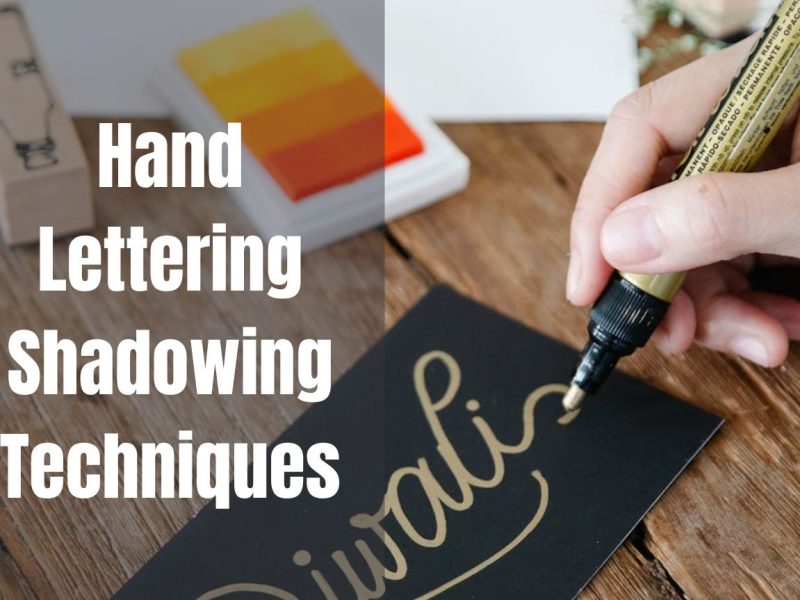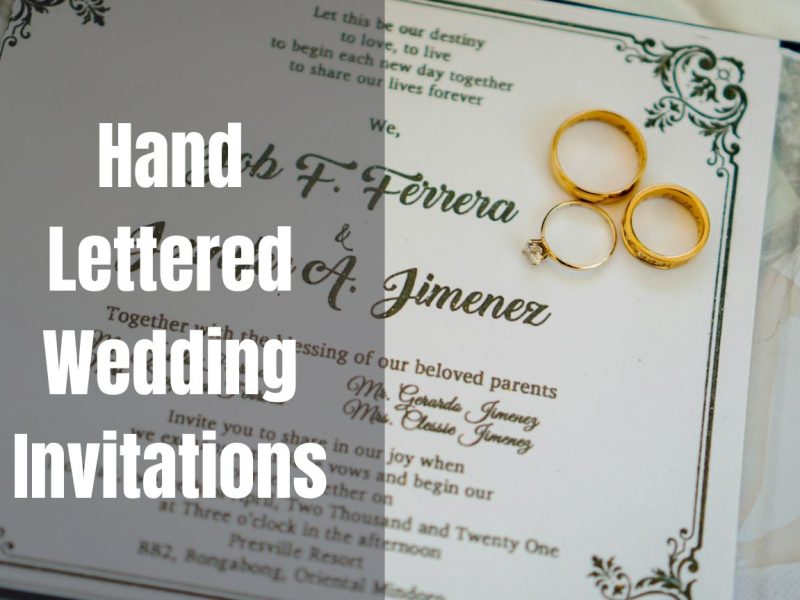Hand-lettering fonts have emerged as a captivating trend. These unique typefaces offer an authentic and personalized touch, allowing designers to infuse their projects with a distinct visual flair. As the demand for hand-crafted aesthetics continues to soar, designers must stay ahead of the curve by incorporating trendy hand-lettering fonts into their work.
What is Hand Lettering?
Hand lettering is the art of drawing letterforms by hand, resulting in a unique and organic style. Unlike calligraphy, which follows strict rules and techniques, hand lettering allows for more creative freedom and individual expression. This artistic approach to typography has become increasingly popular in modern design, as it adds a human touch and a sense of warmth to digital projects.
The Rise of Hand Lettering Fonts
The growing popularity of hand-lettering fonts can be attributed to several factors. In a world saturated with digital experiences, consumers crave authenticity and a connection to the human element. Hand lettering fonts evoke a sense of craftsmanship and individuality, resonating with audiences seeking genuine and meaningful experiences.
Furthermore, the demand for personalization has fueled the trend of hand-lettering fonts. Designers can leverage these unique typefaces to create custom branding and marketing materials that stand out from the crowd. By incorporating hand-lettering fonts, brands can establish a distinct visual identity and foster emotional connections with their audiences.
Trendy Hand Lettering Fonts for Designers
Script Fonts
Script fonts are characterized by their flowing, cursive-like strokes, mimicking the elegant movements of a calligrapher’s pen. These fonts exude a sense of sophistication and timeless charm, making them ideal for projects that require a touch of elegance or a vintage vibe. Popular script fonts like Billabong, Quicksand, and Lobster offer a range of styles, from delicate and graceful to bold and expressive.
Brush Fonts
Brush fonts are inspired by the natural strokes of a paintbrush, capturing the organic beauty of hand-painted lettering. These fonts are perfect for projects that require a vibrant, expressive, and artistic flair. Examples of trendy brush fonts include Brusher, Harabara, and Nickainley. Designers can leverage these fonts to create eye-catching headlines, logos, or even handmade illustrations.
Marker Fonts
Marker fonts are designed to mimic the bold and chunky strokes of a permanent marker, lending a sense of playfulness and irreverence to designs. These fonts are ideal for projects targeting a younger audience or those seeking a casual, urban aesthetic. Popular marker fonts like Permanent Marker, Bubblegum Sans, and Sharpie offer a range of styles, from bold and graphic to whimsical and quirky.
Chalkboard Fonts
Chalkboard fonts evoke a sense of nostalgia and vintage charm, reminiscent of old-school classrooms and retro signage. These fonts are versatile and can be used for a variety of projects, from restaurant menus and product packaging to wedding invitations and social media graphics. Trendy chalkboard fonts like Kimberly Geswain, Chalkboard, and Schoolbell add a touch of whimsy and character to designs.
How to Incorporate Hand Lettering Fonts?
While hand-lettering fonts can add a distinctive flair to designs, it’s essential to use them judiciously and in harmony with other design elements. Here are some tips for effectively incorporating hand-lettering fonts:
- Pair with Complementary Typefaces: Hand lettering fonts often work best when paired with clean, simple sans-serif or serif fonts. This contrast creates a visually appealing balance and ensures that the hand-lettering font remains the focal point.
- Use Sparingly: While hand lettering fonts can be eye-catching, overusing them can overwhelm the design and diminish their impact. Consider using them for headlines, logos, or specific design elements to create visual interest without sacrificing legibility.
- Balance with Negative Space: Hand lettering fonts can be dense and intricate, so it’s crucial to balance them with ample negative space. This allows the lettering to breathe and prevents the design from appearing cluttered or overwhelming.
- Consider Color and Texture: Hand lettering fonts can be enhanced by thoughtful color choices and textures. Experiment with different color palettes and backgrounds to create depth and dimension, ensuring that the lettering remains legible and visually appealing.
Sources for Finding Hand Lettering Fonts
As the demand for hand lettering fonts continues to grow, designers have access to a wealth of resources for finding high-quality typefaces. Here are some popular sources to explore:
- Online Font Marketplaces: Websites like MyFonts, Creative Market, and Font Bundles offer a vast selection of hand lettering fonts, ranging from free options to premium, commercial-use fonts.
- Independent Type Foundries: Many talented type designers and foundries specialize in creating unique hand-lettering fonts. Exploring their offerings can lead to hidden gems and exclusive typefaces.
- Free Font Websites: While free fonts should be used with caution and proper licensing, sites like Google Fonts, Font Squirrel, and DaFont offer a range of free hand-lettering fonts for personal or commercial use.
When selecting hand-lettering fonts, it’s crucial to consider licensing and proper usage. Always review the license agreements and ensure that you have the appropriate rights for your intended use, whether it’s for personal projects, commercial work, or product distribution.
The Bottom Line
In conclusion, hand-lettering fonts have become an essential tool in a designer’s arsenal, offering a unique and authentic touch to various projects. By embracing trendy hand lettering fonts and incorporating them thoughtfully into designs, creatives can elevate their work, captivate audiences, and stay ahead of the curve in an ever-evolving industry.



